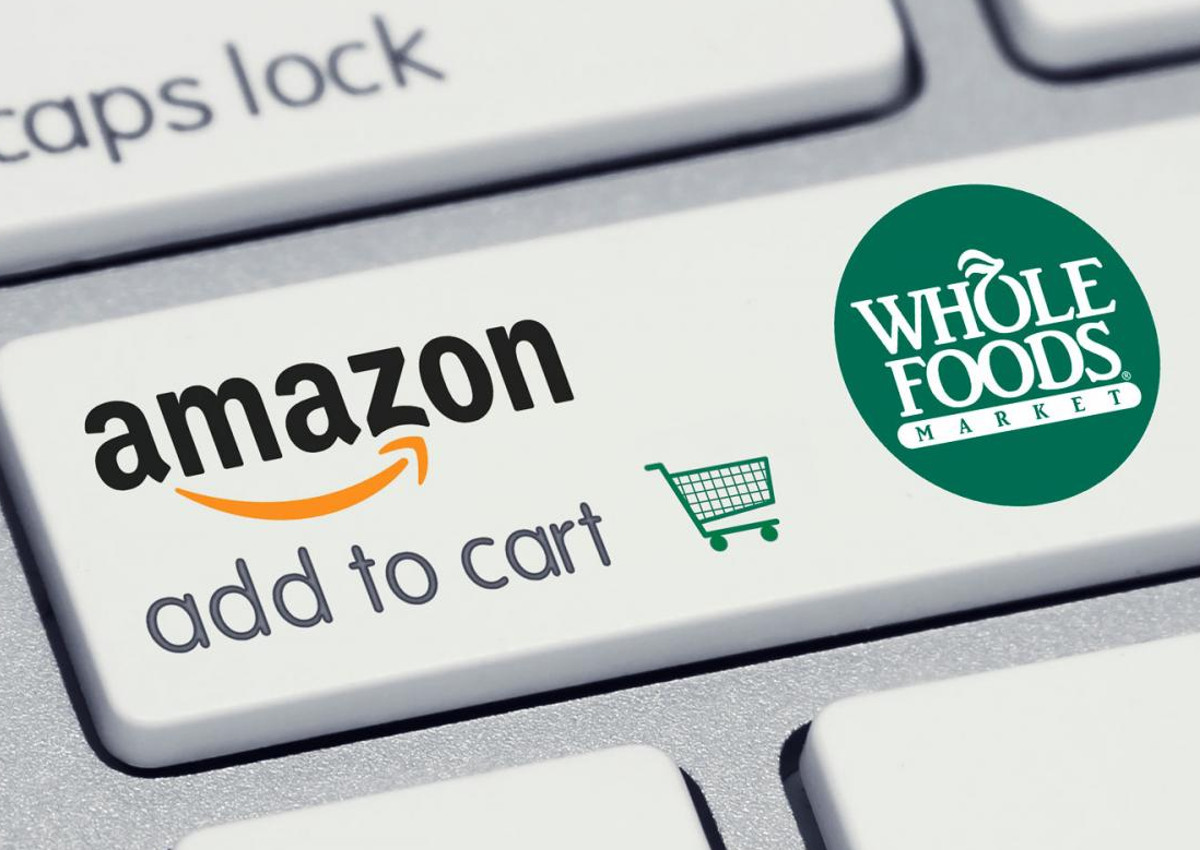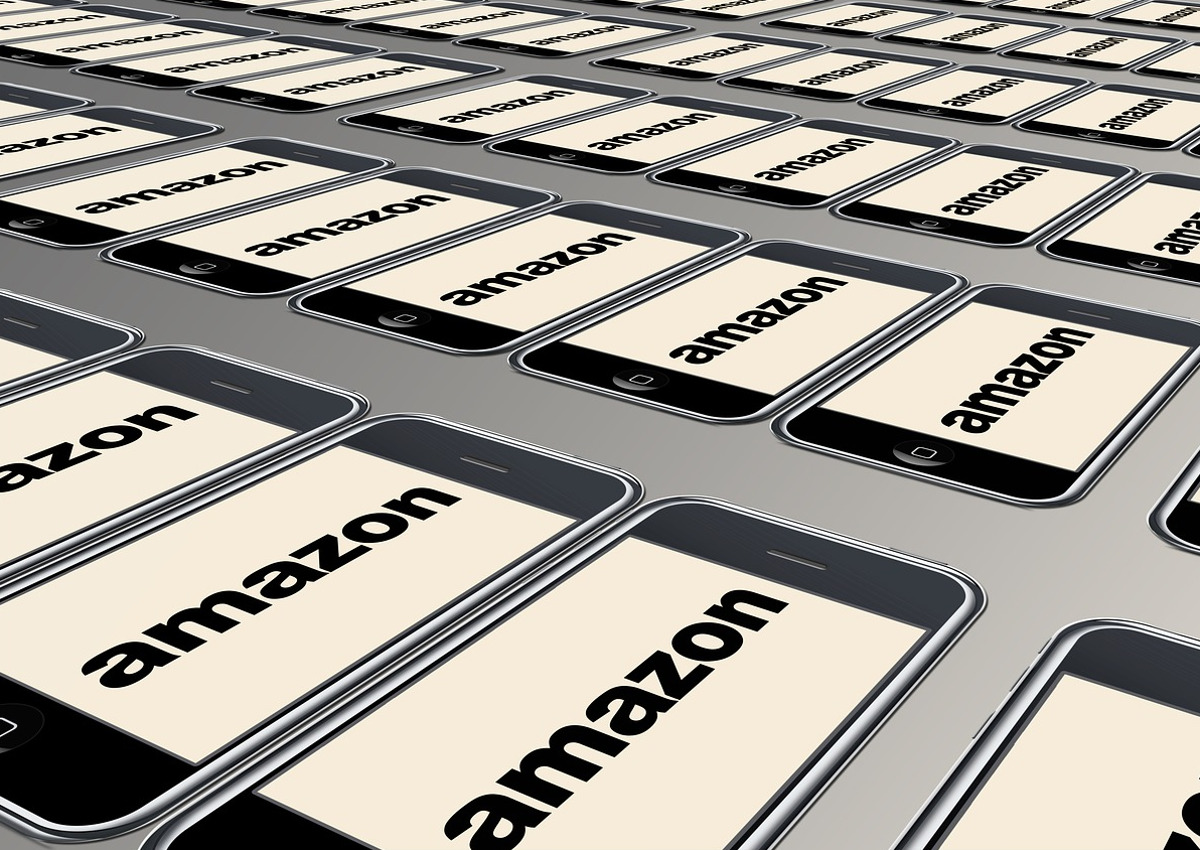Nearly two years after Amazon acquired Whole Foods for $13.7 billion, a new supermarket chain could help the e-commerce giant sell more groceries to more people, gather valuable data and continue feeding its Prime loyalty flywheel. Since its marquee grocery acquisition, Amazon has pushed down prices at Whole Foods stores in an effort to net more customers. But refashioning a store commonly known as Whole Paycheck, at which analysts noted prices were typically 15% higher than the competition, has proven difficult. Although Prime members get some special savings and more conventional brands have appeared in the aisles, reports have noted little to no change in the retailer’s average basket prices.
GOING BEYOND WHOLE FOODS
Although its exact positioning is unclear at this point, Amazon’s new chain will presumably be more in line with a traditional supermarket. It may lean toward a value offering popularized by discounters like Aldi and Lidl, which would allow Whole Foods to maintain its positioning toward the high end of the market while the new brand would reach a more mainstream audience. Amazon acquired Whole Foods after struggling to grow its online food and beverage business, including its AmazonFresh brand. News of the new chain further proves that the e-commerce powerhouse needs physical stores in order to succeed in grocery, sources said. “Grocery is still a store-based business. Amazon didn’t upend the grocery industry with Whole Foods, so now it’s taking matters into its own hands,” Matt Lindner, senior e-commerce analyst with Mintel, told Grocery Dive.

THE ADVANTAGES OF DELIVERY
Amazon would use its new stores as distribution points for its growing grocery e-commerce business, WSJ reports. Same-day delivery through Whole Foods has reached more than 60 markets while store pickup touches more than 20. Both services offer an option for Prime members that waives the fulfillment fee – a move that addresses the price sensitivity many shoppers have toward online grocery shopping. In addition to delivery from the unnamed new chain and from Whole Foods stores, Amazon’s physical footprint would allow it to build out AmazonFresh — which exited several markets back in in 2017 — and generally get food and beverage orders to shoppers faster and cheaper than before. Earlier this week, Amazon’s Happy Belly private label launched its first milk and dairy products, available only through AmazonFresh.
AMAZON: INTEGRATING TECHNOLOGY
Perhaps most importantly, a conventional supermarket chain would offer yet another avenue for Amazon to collect consumer data and learn how to sell more cereal, produce, meat and other groceries to consumers. The company’s ability to adapt and learn – not to mention its $850 billion market cap – puts it in a class all by itself in the supermarket industry. One big question mark in all of this is how Amazon would integrate its bleeding-edge technology into new stores. Whole Foods locations won’t see its cashier-free Amazon Go technology, company officials have said, but a new chain’s stores, at just 35,000 square feet, could be ideally suited.
BETWEEN ONLINE AND IN-STORE
A new grocery chain from the world’s largest e-commerce company could signal an even faster roll out of online and in-store innovation. If Amazon brings the same low-price strategy it employs online to the new stores, it could also mean even more heated price wars in crowded markets across the US.


